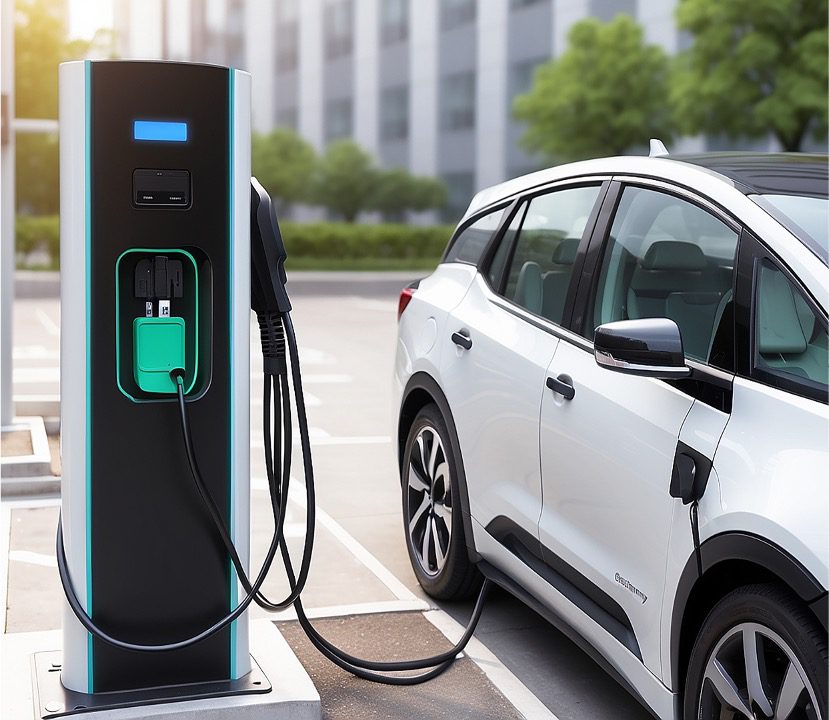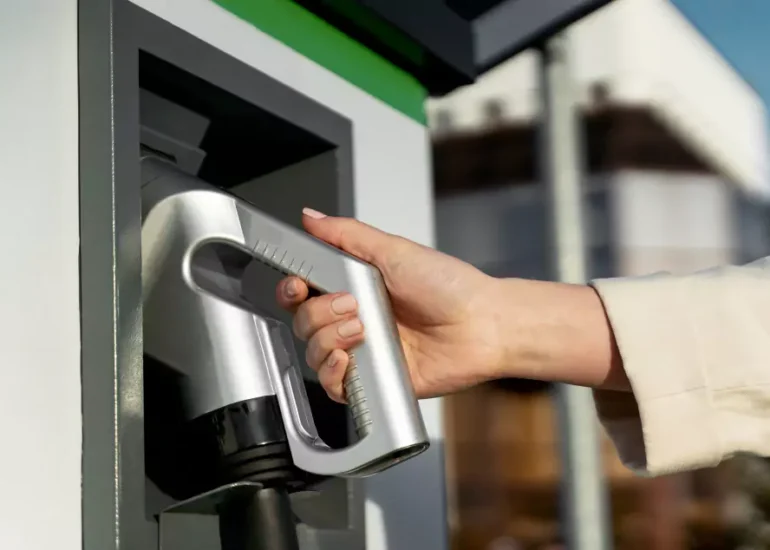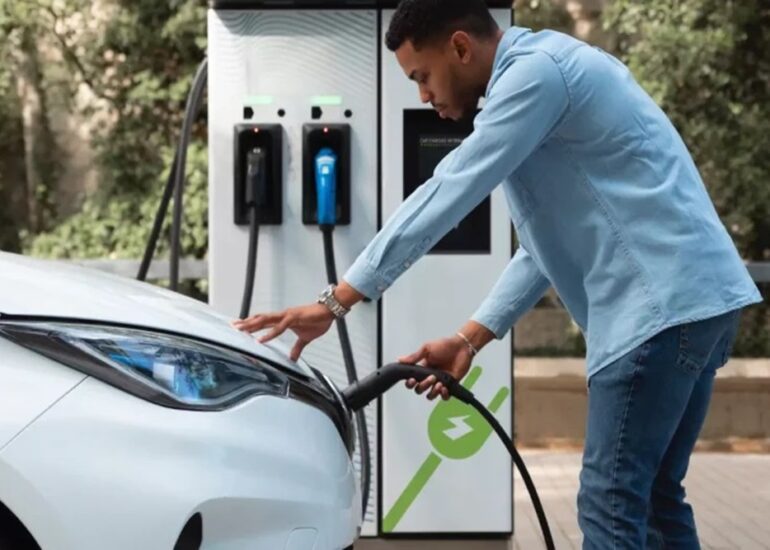The electric vehicle (EV) revolution brings new challenges to energy management. As EV adoption grows, so does the pressure on energy grids. Managing demand in real-time, especially during peak hours, is essential to maintaining stability and cost efficiency. This is where Open Automated Demand Response (OADR) plays a vital role. By automating demand management, OADR optimizes EV charging operations based on grid conditions and dynamic pricing, ensuring sustainable energy use. In this blog, we’ll explore OADR’s relevance, licensing, versions, and how ElectreeFi supports its implementation.
Table of Contents
What is OADR?
Open Automated Demand Response (OADR) is a standardized protocol for energy management, enabling two-way communication between energy providers and EV charging networks.
Through OADR protocols, charging networks can automatically adjust energy consumption based on real-time grid signals. This allows Charge Point Operators (CPOs) to efficiently manage energy loads, balancing demand with available grid capacity and optimizing EV charging operations.
In an EV charging context, OADR ensures that energy-intensive processes—like simultaneous vehicle charging—do not overload the grid. It also helps reduce operational costs by taking advantage of off-peak hours and dynamic electricity pricing.
Key Features and Versions of OADR
Managed by the OpenADR Alliance, Open Automated Demand Response (OADR) has developed through multiple iterations to meet the growing energy management needs of various industries, including EV charging. These versions include:
- OADR 1.0: Focuses on providing basic demand-response signals for energy management.
- OADR 2.0: Offers increased flexibility and supports distributed energy resources (DERs) such as solar power and storage systems. The 2.0a and 2.0b Profile Specifications include detailed implementation information, enabling developers to build OpenADR-enabled systems by referring to schema, sample payloads, and structured test plans.
- OADR 2.0b version – Particularly relevant for EV charging solution, this version supports advanced energy management strategies like load shifting, peak shaving, and seamless renewable energy integration.
- OADR 3.0: As the latest specification, OADR 3.0 further enhances the OADR standards family. It includes updated YAML files, a comprehensive User Guide, and extended definitions to support more complex energy scenarios.
Licensing and Adoption
OADR operates as an open standard, accessible without licensing fees, encouraging widespread adoption and flexibility for charging operators. Open standards in EV charging management allow seamless integration with multiple energy management systems, enhancing compatibility and scalability.
Difference between OCPI and OADR:
While OADR (Open Automated Demand Response) and OCPI (Open Charge Point Interface) both play pivotal roles in the EV charging ecosystem, they cater to distinct needs: one focuses on grid efficiency, and the other on user interoperability.
1.Primary Focus:
OCPI ensures seamless communication between EV charging networks and service providers, focusing on interoperability, roaming, and simplified billing for EV users. It offers a unified charging experience across multiple networks by linking Charge Point Operators (CPOs) with e-Mobility Service Providers (EMSPs).
OADR addresses energy management by automating demand response. It ensures grid stability by adjusting the energy consumed by charging stations according to real-time signals from utility providers, especially during peak demand periods.
2.Impact on Users vs. Operators:
OCPI improves the user experience by making it easier for EV drivers to charge their vehicles across different networks without hassle.
OADR benefits CPOs and grid managers by ensuring efficient energy distribution.
3.Roaming vs. Load Management:
OCPI enables seamless roaming for users, while OADR offers automated demand response solutions for managing charging loads.
Benefits of Open Automated Demand Response (OADR) in EV Charging Infrastructure
OADR offers several specific benefits that help charge point operators (CPOs) manage their networks effectively:
Peak Load Management:
OADR allows operators to manage peak demand by automatically reducing charging power during grid congestion, preventing overloads and blackouts.
Dynamic Pricing Optimization:
With OADR, EV charging stations can adjust their operations to benefit from time-of-use pricing, charging vehicles during off-peak hours to save on energy costs.
Renewable Energy Integration:
OADR facilitates seamless integration with renewable energy sources like solar or wind power, ensuring that charging stations draw energy from clean sources when available.
Improved Grid Stability:
OADR enhances grid stability by balancing energy loads across EV charging platforms.
Scalable Energy Management:
As the number of EVs and charging stations grows, OADR ensures that networks can scale without sacrificing efficiency or performance.
OADR in India’s EV Landscape
In India, where the energy grid is already under strain from increasing demand, OADR offers a much-needed solution for efficient energy management. With government incentives encouraging EV adoption and the expansion of public charging infrastructure, integrating demand-response protocols like OADR can help manage power distribution effectively.
The Indian government’s push for smart grids aligns perfectly with OADR’s capabilities. As CPOs expand their networks, adopting open standards such as OADR will ensure compatibility, flexibility, and the ability to incorporate renewable energy sources—key elements of India’s sustainable energy goals.
ElectreeFi’s Role in OADR Adoption
ElectreeFi provides an advanced EV Charging Management Platform that integrates seamlessly with OADR. This platform enables charge point operators (CPOs) to:
- Monitor and manage charging points in real time.
- Automatically adjust charging loads based on grid signals and pricing.
- Optimize energy use by shifting demand to off-peak hours.
- Ensure compliance with OADR standards for maximum interoperability and scalability.
ElectreeFi’s platform also supports smart charging, making it easier for operators to manage multiple charging points efficiently while maintaining grid stability. By adopting OADR-enabled solutions, ElectreeFi helps operators future-proof their infrastructure and reduce operational costs.
Final Thoughts
OADR is a game-changing protocol for the EV charging ecosystem, offering a practical solution for energy management and grid stability. OADR optimizes power usage and ensures seamless integration with renewable energy sources by enabling real-time communication between charging stations and the grid.
In India, where sustainable growth is a priority, adopting OADR-compliant solutions will be essential to managing the expanding EV infrastructure. With ElectreeFi supporting OADR adoption, CPOs can build scalable and efficient charging networks, benefiting both operators and end-users.
Looking to enhance your EV operations with OADR-enabled solutions?
Contact ElectreeFi today to explore how we can customize the perfect Charging Management System for your needs!





